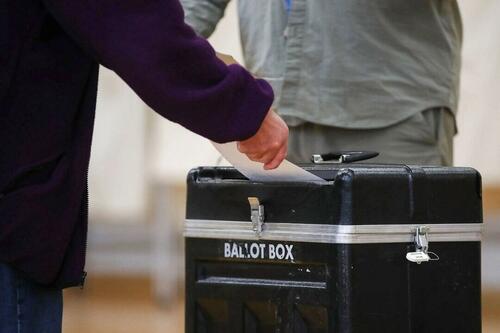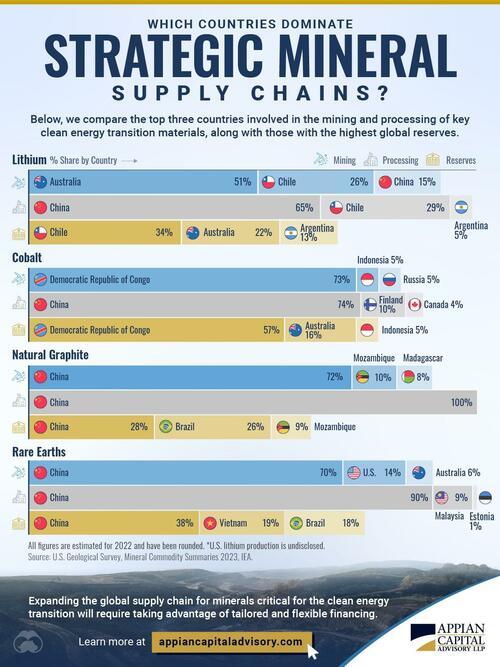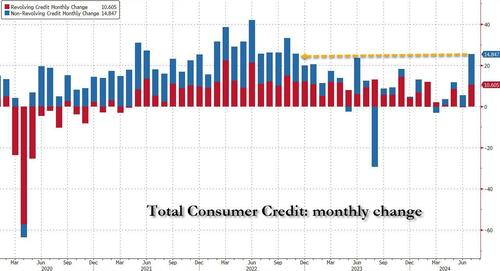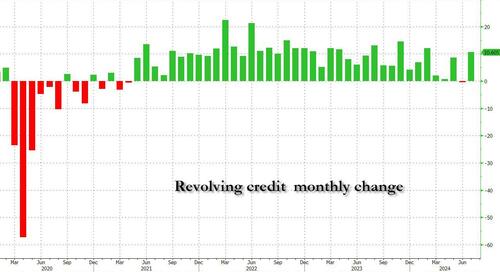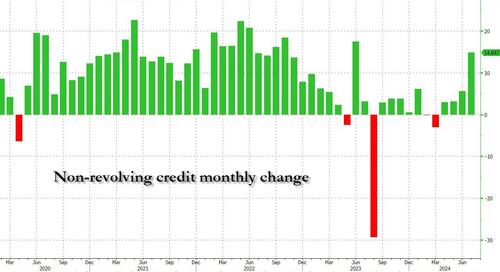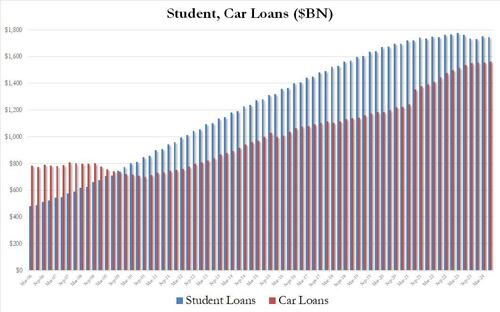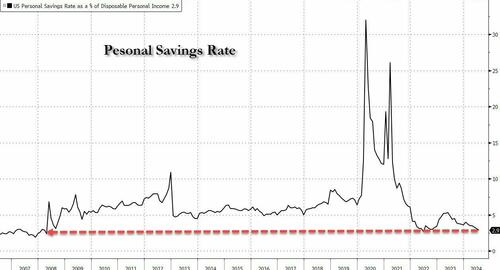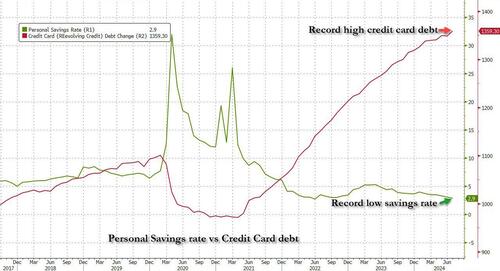DoJ Admits Illegal Immigrant Stole American’s ID, Voted In US Elections
Authored by Jack Phillips via The Epoch Times,
The Department of Justice (DOJ) announced that an illegal immigrant agreed to plead guilty to charges of stealing an American citizen’s identity, using it to vote in elections, and obtaining a U.S. passport.
Angelica Maria Francisco, 42, who had been residing in Alabama but is originally from Guatemala, was charged with making false claims of citizenship in connection with voting, aggravated identity theft, false statements to apply for a U.S. passport, and use of a U.S. passport obtained by false statements, said the DOJ in a news release on Sept. 5.
Francisco, described by the DOJ as an “undocumented individual,” assumed the identity of a U.S. citizen in 2011 before using her false identity to get a passport that same year. Subsequently, she used the passport to travel to and from Guatemala and the United States. In 2021, she used the false identity to renew the passport and used it to travel from the United States to Guatemala in 2022.
The indictment said Francisco allegedly registered to vote in Alabama using the same fake name and voted in both the 2016 and 2020 primary and general elections. Details about how she voted or whether she registered with a specific political party were not provided. Voters in Alabama, long a Republican stronghold, overwhelmingly voted for former President Donald Trump in those two elections.
The DOJ said the U.S. State Department’s Diplomatic Security Service, as well as Alabama state officials, investigated Francisco’s case.
In response to the woman’s arrest, Alabama Secretary of State Wes Allen, a Republican, said that “a top priority of this Office is ensuring only eligible American citizens are voting in Alabama elections,” according to a statement from his office.
“We will continue to assist law enforcement in every way possible as they prosecute individuals who vote illegally in Alabama elections to the fullest extent of the law,” he said.
It’s not clear if Francisco has an attorney or how she allegedly stole the U.S. citizen’s identity. A plea agreement filed in connection with the case indicated that the woman agreed to plead guilty to nine counts that she faced, according to court records.
Since the 2020 election, Republicans and the former president have expressed concerns about voter fraud and whether illegal immigrants and noncitizens could cast votes in elections.
About two months ago, the House passed legislation mostly along party lines that would mandate voters to provide proof of citizenship to vote in federal elections. The White House had expressed opposition to the bill, which has seen no movement in the Democrat-controlled Senate.
On Aug. 26, Texas Gov. Greg Abbott said more than 1 million ineligible voters, including about 6,500 noncitizens, had been removed from state voter rolls in the past three years. About 1,900 of those noncitizens have a voter history, which was sent to the Texas attorney general’s office for “potential legal action,” he said.
A left-leaning policy group, the Brennan Center for Justice, has said that noncitizens are largely not voting in U.S. elections. It said that casting a ballot during an election occurs only in “extremely rare instances,” citing its own study of the 2016 election.
“We found that election officials in those places, who oversaw the tabulation of 23.5 million votes, referred only an estimated 30 incidents of suspected noncitizen voting for further investigation or prosecution,” the center said in April. “In other words, even suspected—not proven—noncitizen votes accounted for just 0.0001 percent of the votes cast.”
A 2014 study published in Science Direct, however, found that during the 2008 election, “noncitizen voting likely changed” the outcome of Electoral College votes and the composition of Congress. The study authors also added that roughly one-fourth of noncitizens in the United States “were likely registered to vote” at the time.
Tyler Durden
Mon, 09/09/2024 – 23:45
via ZeroHedge News https://ift.tt/Nuq4d0e Tyler Durden
